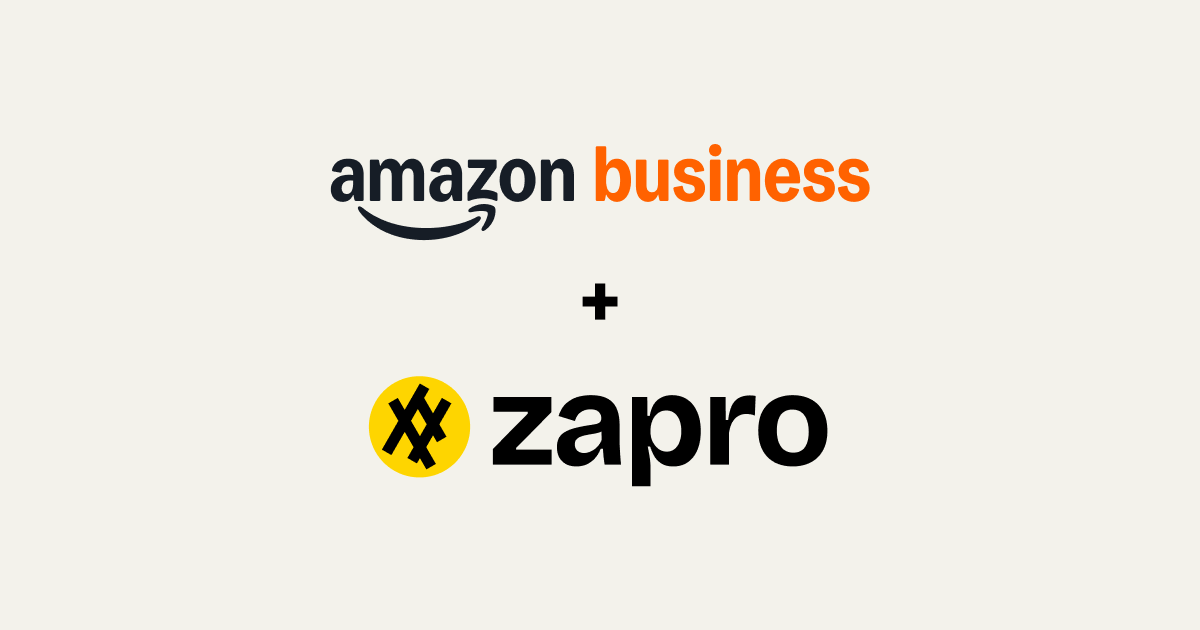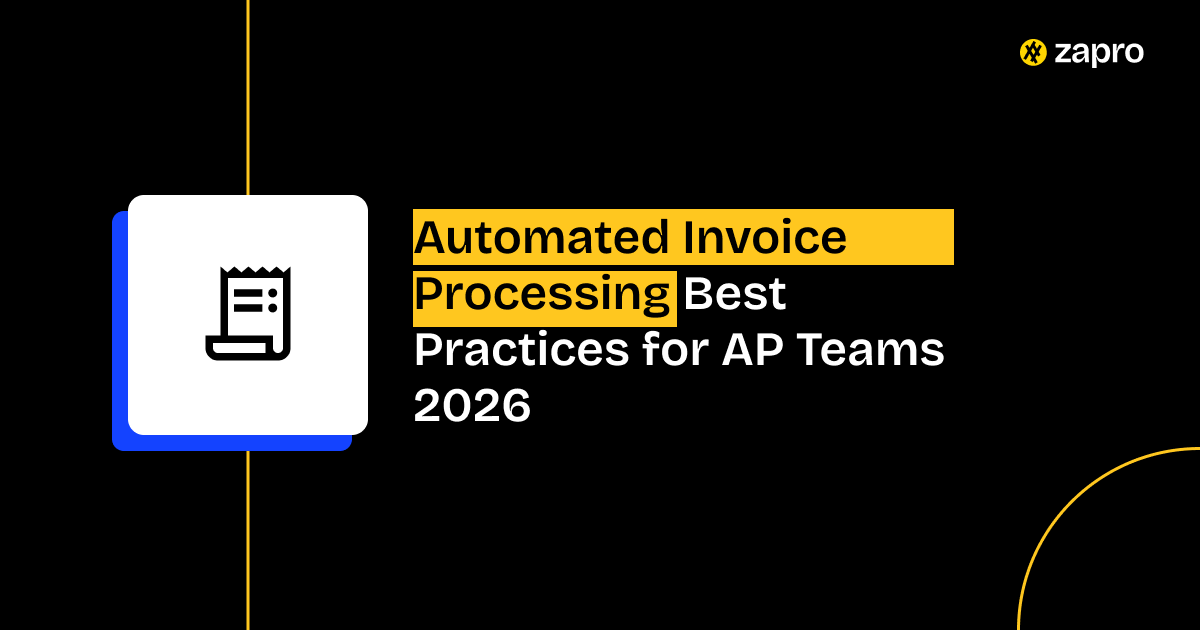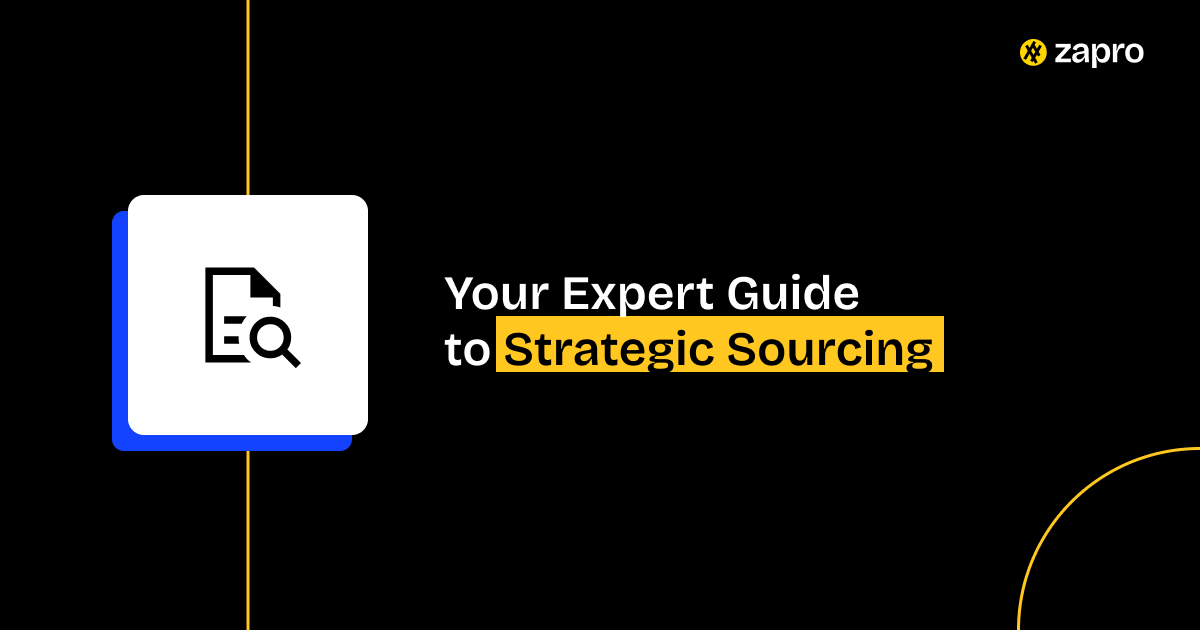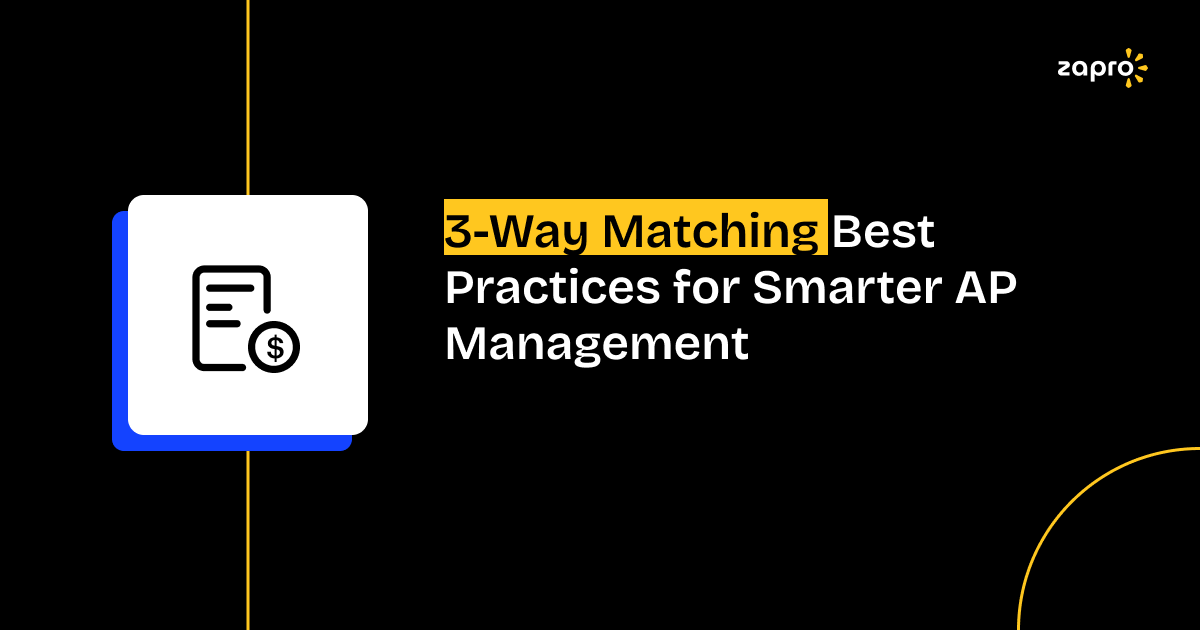The high cost of manual invoice processing
The process of handling invoices through manual methods appears straightforward at first but proves to be extremely complicated. The process of handling invoices becomes more complicated when businesses expand their operations to handle increasing numbers of monthly invoices. The process of manual invoice handling through data entry and approval stages and reconciliation activities leads to delayed work and human mistakes that create additional expenses. The time spent by finance teams on problem resolution prevents them from developing strategic plans.
The organizational operations suffer from these inefficient processes which create additional problems. The approval process becomes delayed which causes vendors to experience longer payment delays while decision-makers struggle to track company expenses.
The slow pace of manual invoice processing creates delays in finance operations which restricts the entire business operation from moving forward.
The following sections will explain the sources of inefficiency and their effects on cash flow and vendor relationships and demonstrate how automation enables accounts payable to become a faster and more strategic function.
Common AP bottlenecks and errors
The manual invoice processing system contains various points of failure which reduce operational efficiency.
- The process of searching for invoices through email threads becomes challenging because important documents get lost.
- The process of data entry produces multiple types of errors which include incorrect vendor codes and amounts and tax rates.
- The approval process becomes delayed because employees need to use spreadsheets and emails to route their requests.
- The system fails to detect duplicate invoices because it lacks automated validation capabilities.
- The absence of proper audit trails creates difficulties when organizations need to conduct compliance inspections.
The combination of these problems leads to reduced productivity and longer processing times for each invoice which can extend to multiple days.
Impact on cash flow and vendor relations
The manual AP process creates financial stability problems and supplier trust issues through its direct impact on operations.
- The practice of making late payments results in lost early-payment discounts and possible financial penalties.
- The lack of clear vendor communication leads to deteriorating relationships between businesses.
- The inability to track invoice progress makes it more difficult to predict cash flow.
- The unpredictable nature of payment timing along with frequent delays causes suppliers to lose confidence in your business operations.
Companies need to make precise and prompt payments to vendors in order to build strong relationships. The absence of automation creates an ongoing struggle to preserve vendor trust.
Unlocking efficiency with automated invoice processing
Automated invoice processing systems help organizations achieve better operational efficiency.
The transition of finance teams from manual invoice processing occurs because automated systems generate quantifiable benefits. Automated invoice processing systems remove unnecessary work while enhancing precision and enabling complete monitoring of all financial transactions.
This way the team can dedicate their time to optimize cash flow management and build better relationships with vendors instead of dealing with approval requests and error corrections.
The implementation of automation technology enables AP departments to evolve into data-based operations which generate better vendor relationships and improved financial performance.
Reduced processing costs and cycle times
The implementation of automated systems leads to lower processing expenses and shorter processing durations.
The cost of processing invoices manually ranges between $10 to $15 per invoice but automated systems decrease this expense to under $3 according to industry standards. The main advantage of automation emerges from its ability to enhance operational speed and create a data-based system which enables better decision-making and improved vendor relationships and financial performance.
Enhanced data accuracy and fraud prevention
The system provides better data precision and protects organizations from expensive mistakes and fraudulent activities.
The system uses automated processes to protect your organization from expensive human mistakes and fraudulent activities. The system operates through the following process:
- The system uses Optical Character Recognition (OCR) and Artificial Intelligence (AI) to achieve precise extraction of invoice information.
- The system performs automatic validation to detect any discrepancies between invoice amounts and PO numbers and duplicate invoices before starting the approval process.
- The system grants access to specific roles which blocks unauthorized approval and modification activities.
- The system maintains complete transparency through its audit trail system which tracks all user activities for better compliance.
The combination of automated systems with real-time tracking enables finance teams to achieve both precise invoice processing and complete accountability for all processed invoices.
Implement best practices with automated invoice processing.

Essential features of accounts payable automation software
The correct AP automation software requires more than basic invoice scanning capabilities. The system operates as a complete payment solution which handles data extraction and analytical reporting functions. Finance leaders achieve their highest value through automated transaction management which provides complete control and full visibility and uniform processing of all financial transactions. A contemporary AP system achieves maximum effectiveness through these essential features.
OCR and data capture capabilities
The automation process begins with precise data extraction from invoices. Modern AP automation systems employ Optical Character Recognition (OCR) and machine learning algorithms to automatically extract essential information from invoices including vendor details and PO numbers and item descriptions and tax amounts.
Key advantages:
- The system removes human involvement from data entry operations while preventing all possible typing mistakes.
- The system processes digital invoices together with scanned documents at high speed.
- The system improves its recognition abilities through artificial intelligence-based learning methods.
- The system enables fast approval distribution because it processes data in an organized format.
- The system processes all invoices correctly for validation and payment processing.
Intelligent workflow routing and approvals
The system uses automated routing to direct invoices toward their designated recipients at appropriate times thus eliminating the need for email-based tracking and manual document transfer.
- The system provides multiple approval pathways which depend on transaction values and business units and supplier relationships.
- The system sends instant alerts to users for keeping approval processes active.
- The system maintains audit trails which show all approval activities together with their corresponding timestamps.
- The system enables teams to handle more invoices quickly while preserving complete control and full accountability through its intelligent workflow management.
Integration with ERP and payment systems
The system integrates with all current payment systems and ERP solutions. The system
- Achieves its best results when it establishes direct connections with all current systems.
- Enables automatic data transfer between your ERP system and procurement tools and payment platforms.
- Enables users to access complete vendor and PO and payment information in real-time.
- Enables users to record approved invoices directly into their ERP system.
- Reduces errors which occur because of duplicate or outdated records.
- Enables users to perform simple reconciliation tasks between their payables records and their accounting entries.
The system provides complete process connectivity which enables finance teams to achieve both high accuracy and operational efficiency throughout their procure-to-pay operations.

Gartner forecasts that the spend on the APIA and supplier e-invoicing software markets will be nearly $1.75 billion through 2026, up from approximately $925 million in 2021, at a compound annual growth rate (CAGR) of 14%.
– Gartner Market Guide for Accounts Payable Invoice Automation Solutions
Analytics and reporting for spend optimization
The system enables faster AP processing while simultaneously enhancing its analytical capabilities. The system generates dashboards which analyze spending patterns and payment delays and identifies potential cost reduction opportunities.
- The system enables users to monitor two essential metrics which include processing time for each invoice and vendor dispute and delay frequencies.
- The system enables users to detect payment discount possibilities and generate better cash flow projections.
- The system enables finance leaders to transition from manual payment processing to strategic spend management through data-driven decision making.
Best practices for implementing AP automation
The process of adopting new software represents only the beginning of accounts payable automation implementation. The process requires teams and vendors to develop mutual trust while achieving unified goals. A properly designed deployment process enables organizations to achieve better system adoption while minimizing system disruptions and achieving their return on investment goals.
The following two best practices help organizations achieve successful and enduring automation initiatives.
1. Phased rollout and user training
The first step of automation implementation requires starting with small projects which then expand rapidly. The implementation of AP automation through phased deployment enables teams to learn new processes while they refine their operational systems.
The following steps will help you achieve success:
- Select a test group to begin automation implementation with a specific department or vendor subset.
- The process requires immediate feedback collection to detect system weaknesses and operational difficulties.
- The system requires complete user training about new workflow systems and dashboard functions and approval procedures.
- The system deployment should proceed at a controlled pace after users demonstrate high adoption rates and operational stability.
- The system becomes more reliable when employees receive proper training because they develop trust in the system which results in fewer mistakes during the transition from manual to automated AP operations.
2. Establishing clear policies and vendor communication
The system achieves its best performance when all internal teams and external vendors understand the complete process. The implementation of clear policies helps organizations prevent confusion while maintaining uniformity throughout all financial transactions.
The following essential best practices should be followed:
- Organizations should establish specific rules for approval authorization and emergency response procedures.
- All vendors should receive standardized guidelines for submitting their invoices.
- All parties involved should receive detailed information about payment schedules and required actions at the beginning of the process.
- Organizations should establish direct communication channels with vendors to handle payment discrepancies in a shorter amount of time.
The implementation of transparent policies leads to better compliance and vendor trust which results in automation benefits for both financial teams and their suppliers.
The future of vendor payments: beyond automation
The adoption of automation technology has led finance teams to discover new strategic financial collaboration methods which enhance supplier relationships and optimize working capital management.
The upcoming AP systems will use artificial intelligence to generate insights and predictive analytics and financial services integration which will enable organizations to make better payment choices and optimize their cash flow dynamically. The upcoming focus will move away from basic workflow automation because organizations want to achieve value through data analysis and collaborative work.
Dynamic discounting and early payment programs
The automation of accounts payable has introduced dynamic discounting as a system which lets suppliers receive advance payments through discounted rates that benefit both parties.
The system generates value through three main benefits:
- The payment system provides suppliers with immediate access to their funds.
- The payment system enables buyers to obtain discounts through adjustable payment terms.
- The payment system enables financial teams to build stronger relationships through payment scheduling that matches business requirements.
The automation platform enables real-time discount adjustments through its execution system which depends on cash availability and supplier preference settings.
Organizations can transform their AP department into a profit-generating relationship builder through financial intelligence and automation systems which will establish a data-driven vendor payment system.
Future-proof your accounts payable with Zapro
The modernization of your AP system requires more than fast processing because it needs to deliver financial stability through complete control and transparent operations. Zapro provides genuine value to your organization through its operations.
Zapro automates every stage of invoice processing with intelligent OCR, three-way matching, and custom approval workflows tailored to your organization’s needs. It gives finance teams complete visibility into cash flow, eliminates manual errors, and ensures vendors are paid accurately and on time.
Zapro enables your accounts payable department to evolve from a time-consuming administrative process into a performance-enhancing business operation through its dashboard analytics and ERP system integration.
Your finance team can achieve complete AP automation potential through Zapro’s invoice processing simplification solution.
Book a demo with Zapro today to see how automated invoice processing can streamline your AP workflows and strengthen vendor relationships from day one.

Tired of invoice bottlenecks and approval delays?
Zapro eliminates the chaos with automated invoice processing. Capture, approve, and pay faster—transform your AP team today.
FAQ
1. How can I eliminate manual data entry errors in my invoice processing?
Manual invoice data entry is a productivity killer that drains resources and introduces costly mistakes. Zapro’s intelligent invoice automation uses advanced OCR and machine learning to capture invoice data with 99%+ accuracy, completely eliminating the need for manual input. The platform automatically extracts vendor details, line items, tax information, and payment terms from any invoice format—whether PDF, email, or scanned document. This means your AP team can process hundreds of invoices in the time it previously took to handle a dozen, while virtually eliminating duplicate payments and data entry errors that damage vendor relationships.
2. What’s the fastest way to get approval bottlenecks out of my AP workflow?
Approval delays are the silent killer of accounts payable efficiency, often adding 7-14 days to payment cycles. Zapro solves this with dynamic, rules-based approval routing that intelligently directs invoices to the right approvers based on amount thresholds, cost centers, departments, or custom criteria you define. Approvers receive instant mobile notifications and can review and approve invoices in seconds from anywhere—no more chasing down managers who are traveling or stuck in meetings. The platform also features automatic escalation protocols, so invoices never languish in someone’s inbox. Companies using Zapro typically reduce approval cycles from weeks to hours.
3. Can automation really help me capture early payment discounts consistently?
Absolutely—and this is where automation pays for itself. Most companies miss out on 2-3% early payment discounts simply because they can’t process invoices fast enough. Zapro’s automated workflow ensures invoices are captured, validated, and approved in record time, giving you maximum flexibility to take advantage of discount terms. The platform includes intelligent payment scheduling that automatically flags discount opportunities and calculates the financial benefit of early payment versus holding cash. Many Zapro customers report capturing an additional $50,000-$200,000 annually in early payment discounts they were previously leaving on the table—often covering the cost of the platform several times over.
4. How do I ensure complete audit compliance without drowning in paperwork?
Audit season doesn’t have to be a nightmare. Zapro creates an immutable digital audit trail for every single invoice, capturing who touched it, when, what actions they took, and why. Every approval, rejection, edit, and payment is timestamped and logged with complete user attribution. The platform’s centralized document repository means no more hunting through filing cabinets or email chains—auditors can access any invoice or supporting document in seconds with powerful search and filtering capabilities. Zapro also enforces segregation of duties automatically and maintains full SOX, GAAP, and IFRS compliance standards. Companies report reducing audit preparation time by 70-80% while achieving zero compliance findings.
5. What ROI can I realistically expect from AP automation with Zapro?
The ROI from Zapro is both immediate and substantial. Most organizations see a 60-75% reduction in invoice processing costs within the first 90 days. Here’s the typical impact: invoice processing time drops from 15-20 minutes per invoice to under 2 minutes; AP staff productivity increases by 300-400%, allowing reallocation to strategic financial activities; late payment penalties are virtually eliminated (saving $5,000-$25,000 annually for mid-size companies); and early payment discount capture increases by 40-60%. Beyond hard cost savings, you gain unprecedented visibility into spend patterns, improved cash flow forecasting, and stronger vendor relationships through consistent, timely payments. Most Zapro customers achieve full ROI in 4-8 months, with ongoing annual savings of $100,000-$500,000+ depending on invoice volume.
Don’t miss our weekly updates
We’ll email you 1-3 times per week—and never share your information.
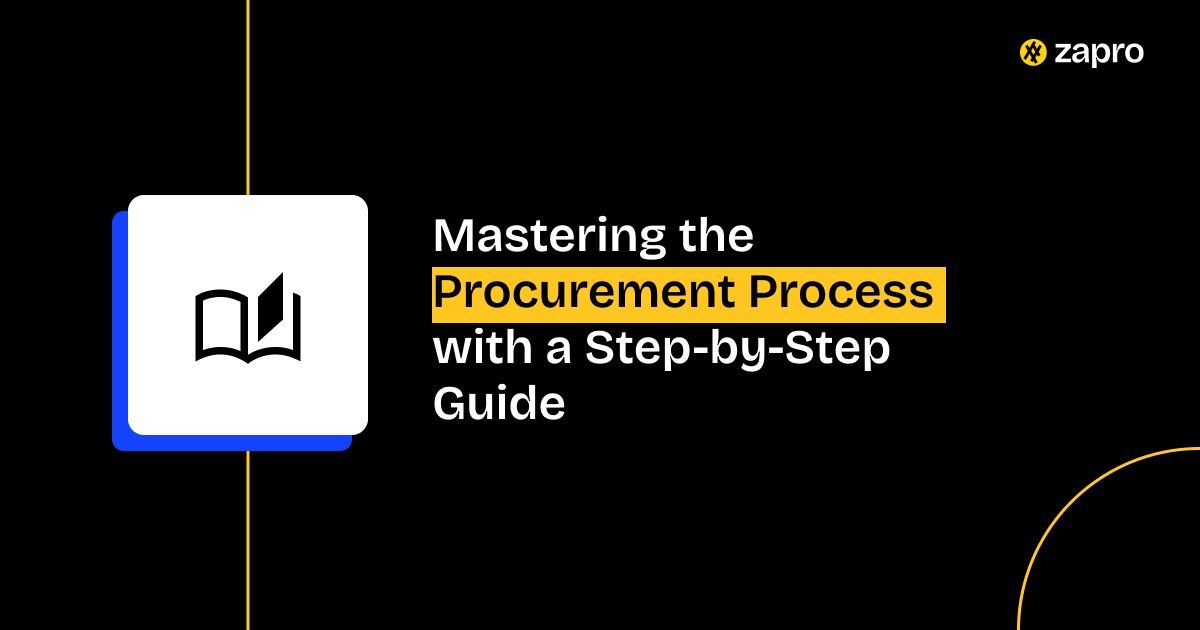
 Healthcare
Healthcare Financial Services
Financial Services Technology
Technology Venture Capitalist
Venture Capitalist Chief Procurement Officer
Chief Procurement Officer Chief Financial Officer
Chief Financial Officer